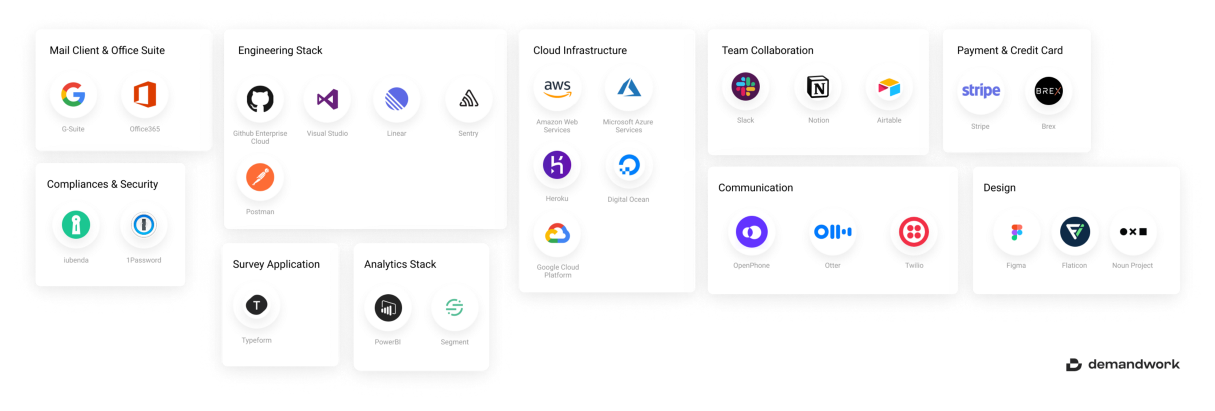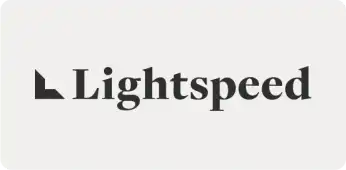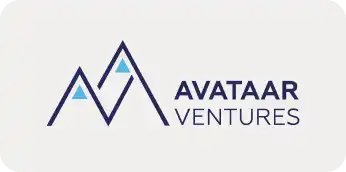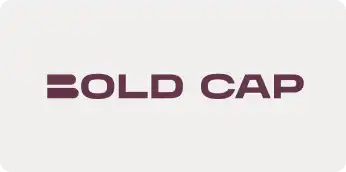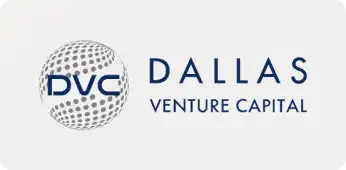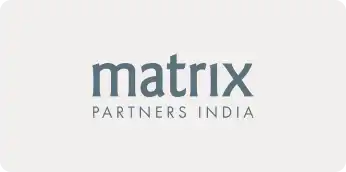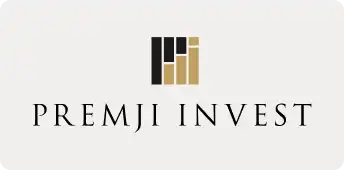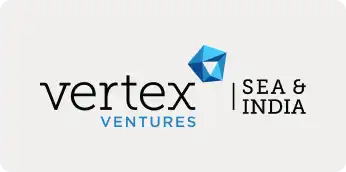With nearly 15 years of work experience straddling between developing and executing organizational projects, the true test came with one of the biggest transitions that occurred on my career timeline – the transition from B2C to B2B SaaS.
After spending 7 years in the ‘female-powered’ consumer-facing side of the beauty & lifestyle industry, many questioned my choice of starting a company in the Enterprise SaaS space. It wasn’t seen as the usual course for someone who is not an engineer and thus not the quintessential poster person for the ‘boys club’ of B2B SaaS. But, as they say, embracing change is the only way. And indeed, embracing this shift has brought many aha’s and revelations with it.
1. H2H has arrived: Human-to-Human Marketing takes centerstage
As Bryan Kramer (Zen Master to digital marketers) says, “There is no more B2B or B2C. It’s H2H: human to human.” It is true that the pandemic and other recent events have highlighted the importance of putting people at the center of all conversations, whether in business-to-business (B2B) or business-to-consumer (B2C) contexts.
While B2B SaaS interactions may traditionally have been seen as more clinical and focused on products and technology, it is increasingly recognized that human factors, such as empathy and emotional intelligence, are important in all business interactions.
This is because building strong relationships with customers, clients, and partners is essential for success in any business, and this requires a focus on people and their needs. By prioritizing the needs and well-being of people, businesses can create a more positive and rewarding experience for all parties involved.
2. Personalization is key
Personalization and configurability have proved to be important in both B2B and B2C contexts. In recent times, beauty brands like Bare Anatomy, Vedix, Freewill, Freshistry, and Emcee Beauty have gained traction in the market because they offer customized solutions to consumers’ problem statements.
For example, if you want a fragrance-free, sulfate-free, dry-hair-friendly, frizz-treating shampoo versus someone who needs a mild fragrance, oily hair, volume-adding shampoo – they provide both and more. And so if one was to transfer this learning to B2B, why shouldn’t it apply?
While many SaaS companies today may offer a range of pricing plans or feature packages that can be customized to meet the specific needs of different customers, most of them are yet to run full circle.
There are several ways to personalize a SaaS product for the customer:
- Customize the user interface: Allow customers to customize the look and feel of the product to match their brand or personal preferences. This could include customizing the color scheme, logo, and other visual elements.
- Offer personalized recommendations: Use data and machine learning algorithms to provide personalized recommendations to customers based on their usage patterns and preferences.
- Personalized onboarding: Create a customized onboarding experience for each customer to help them get started quickly and effectively. This could include personalized training and support materials. We, at Veris, also create branded internal marketing collaterals for enhanced user-adoption on the client side.
- Customize features and functionality: Allow customers to customize certain features and functionality to meet their specific needs. This could include custom integrations, custom reports, and other tailored solutions.
- Offer personalized support: Provide personalized support to customers through a variety of channels, such as email, phone, or chat. This could include assigning dedicated account managers or offering personalized training and support materials.
It is essential to map personalization needs in a much broader context- touchpoints, preferred languages, adoption cycle, usage patterns, feedback loop, etc.
My company Veris has a SaaS suite in the workplace experience domain. Each time we are working on an account, we create a user-journey map. Our team typically starts by identifying the types of users and their preferences, their in-office journeys, key touchpoints, and their servicing wishlists. This map represents the steps that the customer/buyer needs to take for the choice of software they will deploy and the level of configuration that is required.
3. B2B needs to talk about emotion just as much as B2C
In B2C marketing, emotional appeals are often used to tap into the feelings and motivations of the target audience. B2B SaaS companies can also use emotional appeals to highlight the benefits of their products, such as how they can improve the user’s work life or business operations.
For example, a SaaS company might use emotional marketing to emphasize how their project management tool can help teams work more efficiently and effectively, resulting in less stress and a more enjoyable work experience. Alternatively, customer relationship management (CRM) software might be marketed as a way to strengthen and deepen relationships with customers, which can lead to increased loyalty and customer satisfaction. It could be an effective way to differentiate your SaaS product from competitors and create a stronger connection with your target audience.
There are several ways to incorporate emotional marketing into your SaaS marketing strategy:
- Storytelling: Use storytelling to bring your product to life and create an emotional connection with the audience. Share customer success stories and testimonials that show how your software has made a positive impact on their lives or businesses.
- Visual product usage journeys: Use visuals to convey the emotions associated with using your software. This can be especially effective for SaaS products that are hard to explain with words alone.
- Personalization: Personalize your marketing messages to speak directly to the needs and desires of your target audience. This can help create a more emotional connection with the audience and make them feel like the product was designed specifically for them.
- Emotional appeals: Use emotional appeals in your marketing messages to tap into the feelings and motivations of your target audience. For example, you might use fear of missing out (FOMO) to encourage people to try your software, or you might use feelings of accomplishment and success to show how your software can help users achieve their goals
4. Capture the audience in the moments that matter
During my stint at The Body Shop, I learned a lot about retail marketing. While these tactics are traditionally used in physical retail environments, these strategies can quite easily be applied to SaaS companies. When opening a new store, we paid a lot of attention to the design and placement of its visual components based on the journey the person walking into the store was expected to take. This attention is just as much required in SaaS.
Here too, different audiences are at different stages. While some are aware and educated, and some have actually moved to a deeper evaluation, many are clueless about any solution available in the market. If we do not create adequate interventions in their moments of need and understanding, we will perhaps never get through to them.
- Planogram is a visual representation of how products should be displayed in a retail space. In the context of SaaS, a planogram might refer to the different touchpoints or moments when a customer might be exposed to or interact with the product. To capture SaaS customers in the moments that matter, it’s important for companies to identify and understand these touchpoints, and to design a marketing and sales strategy that is tailored to each one. Here are some examples of touchpoints that might be relevant to a SaaS product: online searches, social media, landing pages, onboarding, and customer support.
- Customer marketing: In retail, customer marketing refers to efforts targeted specifically at existing customers, involving tactics such as loyalty programs, email marketing, and personalized recommendations. In SaaS, this directly correlates to upselling, cross-selling, referral programs, and crafting a responsive support experience essentially to encourage repeat business I’m wand reduce the churn rate.
- Experiential tactics focus on creating engaging, immersive moments for customers in a retail setting. This can involve using interactive displays, events, and other elements to create a memorable and enjoyable shopping experience. If we talk about SaaS, experiential marketing could be used to create engaging and meaningful impressions for potential customers that help to showcase the value of the product and build a strong emotional connection with the brand.
- Virtual events or webinars: SaaS companies can host virtual events or webinars to engage with their customers and provide educational content. These events can be interactive, with opportunities for attendees to ask questions or participate in polls and discussions.
- Product demonstrations: SaaS companies can offer live product demonstrations or walk-throughs to give potential customers a chance to see the product in action and ask questions about how it works.
- Customer success stories: Sharing success stories or case studies of how other companies have used the product can be a powerful way to showcase the value of the product and create an emotional connection with potential customers.
- Free trials or limited-time offers: Offering a free trial or a limited-time offer can create a sense of urgency and encourage potential customers to try the product.
- Customer support: Providing excellent customer support can be a form of experiential marketing, as it helps to create a positive experience for customers and build trust in the brand.
5. Diversity is gold
Diversity is quickly becoming the new standard in tons of industries, not least of all fashion and beauty—it’s time that the SaaS industry catches up. If there is one thing that I can say proudly about my company Veris, it is that we are one of the most inclusive companies on the block. We are a team of round pegs & square holes – multiple sexualities and genders with representation from the LGBTQ+ community, varied nationalities, and diverse religious faiths.
There are several benefits of having diversity in SaaS teams, and these benefits can be similar to those in the beauty and lifestyle industry. Here are a few examples:
- Improved representation: A diverse team can help ensure that the products and services are more representative of the diverse group of customers in both industries. This can be especially important for products and services that are targeted at specific geographies, regions, or ethnicities.
- Enhanced credibility: A diverse team can help build trust and credibility with potential customers, as it shows that the company values diversity and inclusivity.
- Improved creativity and innovation: Teams with diverse perspectives and experiences can bring new ideas and approaches to the table, leading to more innovative products and services.
- Increased customer satisfaction: Customers may feel more comfortable and satisfied interacting with a team that is diverse and representative of the broader population.
- Better decision-making: Research has shown that diverse teams can make better decisions, as they are more likely to consider a wider range of perspectives and are less prone to groupthink.
It’s important to note that diversity in the team should be valued for its own sake and not just as a marketing tool. Companies should strive to create inclusive environments that welcome and support all team members, regardless of their gender or any other characteristics.
The way forward
The way forward is thus not looking at B2B and B2C as two different industries or verticals that operate in silos. The wall between the two has to be replaced by a permeable surface that allows learnings from one to travel to another. The world we are moving towards needs more exchanges than set rules.









